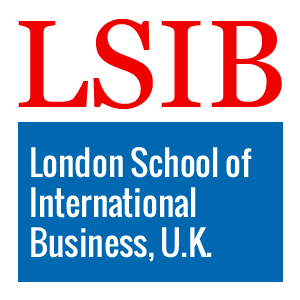Executive Certificate in Biomimicry for Asylum Law
Published on June 28, 2025
About this Podcast
HOST: Welcome to the podcast! Today, I'm thrilled to have Sarah, an expert in biomimicry and asylum law, joining us. Sarah, could you please share a bit about your personal experiences that led you to create this unique course, "Executive Certificate in Biomimicry for Asylum Law"? GUEST: Absolutely! I've always been passionate about environmental science and human rights. I noticed a gap in legal education, where nature-inspired strategies could enhance our understanding and protection of asylum seekers' rights. HOST: That's fascinating! Can you tell us more about the current trends in the industry that make this course so relevant? GUEST: Of course. There's growing interest in sustainable and resilient approaches to address complex issues, including asylum law. This course will empower legal professionals to apply these strategies effectively. HOST: Speaking of challenges, what are some obstacles you've encountered in merging biomimicry with asylum law? GUEST: One challenge is helping legal professionals see the connection between environmental science and human rights. However, once they understand the potential benefits, they become enthusiastic about this innovative perspective. HOST: That's great to hear! Now, let's look to the future. How do you envision the role of biomimicry in the evolution of asylum law? GUEST: I believe biomimicry will become increasingly important in shaping the future of asylum law. By fostering a community of forward-thinking individuals, we can transform legal practices and create a more sustainable world. HOST: Sarah, thank you so much for sharing your insights and experiences with us today. I'm excited to see the positive impact this course will have on legal professionals and asylum seekers alike. GUEST: Thank you for having me! I look forward to seeing the change this course will bring to the industry and those seeking protection. [End of conversation]
